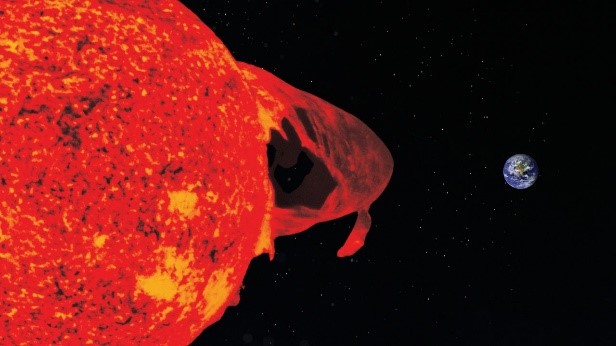Free Courses Sale ends Soon, Get It Now


Free Courses Sale ends Soon, Get It Now



Disclaimer: Copyright infringement not intended.
Context
SOLAR FLARES: https://www.iasgyan.in/daily-current-affairs/solar-flares
Types of Solar Flares
|
Class |
W/m2 between 1 & 8 Ångströms |
|
A |
<10-7 |
|
B |
≥10-7 <10-6 |
|
C |
≥10-6 <10-5 |
|
M |
≥10-5 <10-4 |
|
X |
≥10-4 |
A & B-class solar flares
C-class solar flares
M-class solar flares
X-class solar flares
’Super X-class’’ solar flares
Read about Solar Cycle: https://www.iasgyan.in/blogs/solar-cycle
Corona: https://www.iasgyan.in/daily-current-affairs/solar-corona
Geomagnetic Storm: https://www.iasgyan.in/daily-current-affairs/geomagnetic-storm
MUSE and Helioswarm: https://www.iasgyan.in/daily-current-affairs/muse-and-helioswarm
|
PRACTICE QUESTION Q. What are Solar Flares? Write a detailed note on the classification of Solar Flares and their plausible impact on Earth. |
© 2024 iasgyan. All right reserved